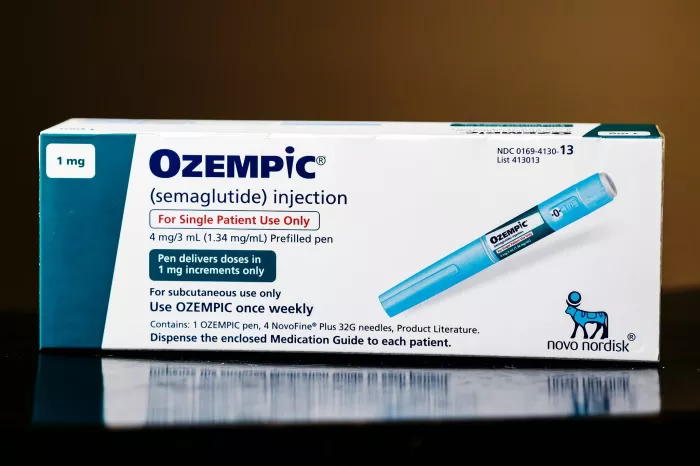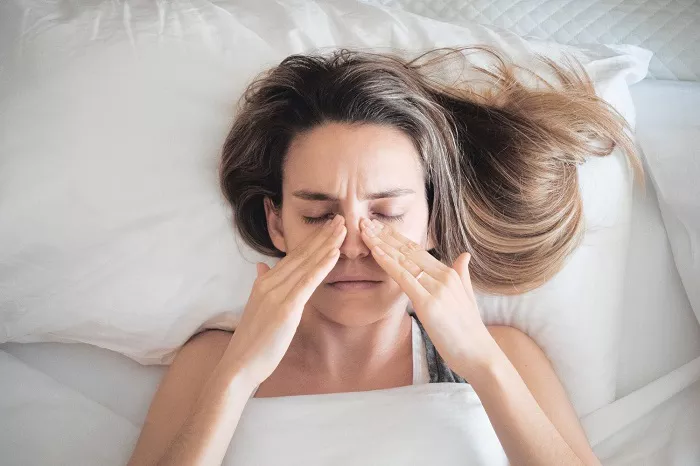Pimple dark spots—those stubborn marks that linger long after a breakout—are one of the most frustrating skin concerns. Even when acne clears up, it often leaves behind a trail of pigmentation that refuses to fade. These marks, commonly called post-inflammatory hyperpigmentation (PIH), aren’t actual scars. Instead, they’re a result of skin inflammation, which leads to increased melanin production. While not permanent, these dark spots can take weeks or even months to fade naturally. That’s where pimple dark spot clear creams come into play.
These creams promise to accelerate the fading process, brighten skin tone, and prevent new discoloration. With the beauty market flooded with countless products claiming to erase these blemishes, finding the right one can feel overwhelming. From drugstore options to high-end formulations, not all creams are created equal. Understanding what works, why it works, and how to use it effectively can make the difference between glowing skin and persistent marks.
What Causes Pimple Dark Spots?
To treat pimple dark spots effectively, you first need to understand how they form. These marks develop after acne lesions heal. When a pimple becomes inflamed—due to bacteria, picking, or clogged pores—it triggers your body’s healing response. That response includes sending melanin to the area, which is the pigment responsible for your skin color.
The more inflammation involved, the darker the spot tends to be. People with medium to deep skin tones are especially prone to PIH because their skin naturally produces more melanin. Even minor pimples can leave noticeable marks if they’re squeezed or scratched. In many cases, sun exposure can worsen the appearance of these spots, making them more resistant to fading.
This is why prevention and treatment must go hand in hand. While it’s crucial to avoid picking at breakouts, using a protective skincare routine—including sunscreen—is essential. But once the damage is done, a targeted cream becomes the best option to help skin return to its natural state.
How Do Pimple Dark Spot Creams Work?
Pimple dark spot clear creams are designed to target excess melanin and speed up skin cell turnover. They typically contain active ingredients that either reduce pigmentation or exfoliate the surface of the skin. Some ingredients work by blocking the enzyme responsible for melanin production, while others gently peel away discolored cells.
Popular ingredients you’ll find in these creams include:
Niacinamide: A form of vitamin B3 that brightens skin and reduces inflammation
Vitamin C: A powerful antioxidant that fades pigmentation and boosts collagen
Alpha Arbutin: A natural skin brightener that slows melanin production
Hydroquinone: A potent skin-lightening agent used under medical supervision
Retinoids: Vitamin A derivatives that accelerate cell turnover
Azelaic Acid: A gentle acid that fades dark spots and reduces redness
These creams often combine multiple ingredients for maximum results. They usually come in a lightweight, gel-like or creamy texture and are applied after cleansing and toning, but before moisturizing. Consistent use, usually twice a day, is key to seeing visible improvements within 4 to 8 weeks.
What Makes a Good Pimple Dark Spot Cream?
The best pimple dark spot clear creams share a few common traits. First, they contain scientifically proven ingredients in effective concentrations. You want a formula that blends brightening agents with soothing elements so your skin doesn’t become irritated during treatment.
Second, they’re non-comedogenic. That means they won’t clog your pores or cause further breakouts. Many people make the mistake of using heavy creams that worsen acne while trying to fade spots. A good cream will be lightweight, breathable, and easy to layer under sunscreen or makeup.
Third, a good cream fits into your routine without causing disruption. It shouldn’t sting, peel, or burn unless it’s a prescription-strength product recommended by a dermatologist. Gentle formulas are more sustainable and less likely to cause side effects, especially for sensitive skin types.
Finally, a good pimple dark spot cream is backed by user reviews and clinical testing. Brands that invest in dermatological research and real-world results tend to produce more trustworthy products. Always look for brands that are transparent about their ingredient lists and testing methods.
Best Ingredients to Look For
Some ingredients stand out above the rest when it comes to treating post-acne marks. Let’s explore a few of the best.
Niacinamide is beloved for its brightening abilities and anti-inflammatory effects. It helps balance oil production, which means fewer future breakouts, and fades discoloration without irritating skin.
Vitamin C is a hero for uneven skin tone. It not only lightens dark spots but also protects against free radicals and sun damage, which can worsen pigmentation.
Alpha Arbutin is gentle yet effective. Derived from bearberry extract, it works slowly but steadily to lighten pigmentation with minimal side effects.
Retinol and other retinoids help fade dark spots by speeding up cell turnover. This means newer, fresher skin cells rise to the surface faster, replacing discolored cells over time.
Azelaic Acid is a multi-tasking ingredient. It calms inflammation, fades dark spots, and even treats acne, making it ideal for acne-prone skin types.
Tranexamic Acid is gaining popularity for its brightening properties. Originally used to treat excessive bleeding, it’s been found to significantly reduce stubborn pigmentation when applied topically.
The key is not just finding one of these ingredients, but a formula that uses them in harmony.
How Long Before You See Results?
Patience is crucial. No cream will erase dark spots overnight. However, with consistent use and the right product, you can expect noticeable changes in 4 to 8 weeks. Lighter spots may fade faster, while deeper or older marks can take several months to disappear.
Consistency is more important than strength. Overusing harsh ingredients like retinol or acids can damage your skin barrier and cause redness or peeling. Stick to the instructions and resist the urge to apply more than directed.
It’s also important to avoid direct sun exposure during treatment. UV rays can reactivate melanin production, making your dark spots even darker. Always pair your dark spot cream with a broad-spectrum sunscreen of at least SPF 30.
Popular Pimple Dark Spot Creams on the Market
Many trusted brands offer effective creams designed to fade pimple dark spots. Some of the most loved options include:
The Ordinary Niacinamide 10% + Zinc 1%: A budget-friendly serum that calms redness, brightens skin, and helps prevent future breakouts.
Murad Rapid Dark Spot Correcting Serum: Known for quick results, this formula blends vitamin C, tranexamic acid, and glycolic acid.
Paula’s Choice Clinical Discoloration Repair Serum: Contains niacinamide and tranexamic acid to visibly reduce spots and even out tone.
Ambi Fade Cream: A long-standing drugstore favorite that contains hydroquinone (in the U.S. version) for strong pigment reduction.
Skinceuticals Discoloration Defense: A high-end option packed with tranexamic acid, niacinamide, and kojic acid for stubborn spots.
Before choosing a product, read customer reviews and, if possible, test a sample on your skin to check for reactions.
Mistakes to Avoid While Using Spot Creams
Many people sabotage their progress by making common mistakes. One of the most damaging is not using sunscreen. UV rays can undo the work of any cream, causing new spots to form even while you’re treating old ones.
Another mistake is mixing too many active ingredients. Using a retinol cream alongside a strong vitamin C serum and an exfoliating acid can overload your skin, leading to irritation or breakouts. Less is often more.
Don’t expect overnight miracles or give up too soon. Switching products too often can delay results. Stick with one product for at least a month before deciding whether it works.
Also, avoid picking at healing skin. This only creates more trauma and deeper pigmentation. Let your cream do the work.
Should You See a Dermatologist?
While over-the-counter creams work for many, some people need extra help. If your dark spots don’t fade after several months of consistent use, it’s a good idea to consult a dermatologist. They can prescribe stronger treatments, such as retinoids, chemical peels, or even laser therapy.
Dermatologists can also diagnose whether your spots are actually post-inflammatory hyperpigmentation or something else entirely, like melasma or true scarring. Proper diagnosis ensures you use the right treatment.
Professional guidance can also help you build a personalized skincare plan that targets your dark spots while preventing future ones from forming.
Final Thoughts
Pimple dark spots don’t have to be permanent. With the right cream, smart habits, and a little patience, your skin can look clearer, brighter, and more even-toned. The key lies in choosing a product with proven ingredients, using it consistently, and protecting your skin from the sun.
No one wants to be stuck with lingering reminders of past breakouts. But the good news is that modern skincare offers powerful solutions that can fade dark spots without harsh side effects. Whether you choose a drugstore serum or a high-end brightening cream, the most important step is sticking to your routine.
Skin healing takes time, but with the right approach, your natural glow will return—without the dark marks left behind.
Related Topics






























